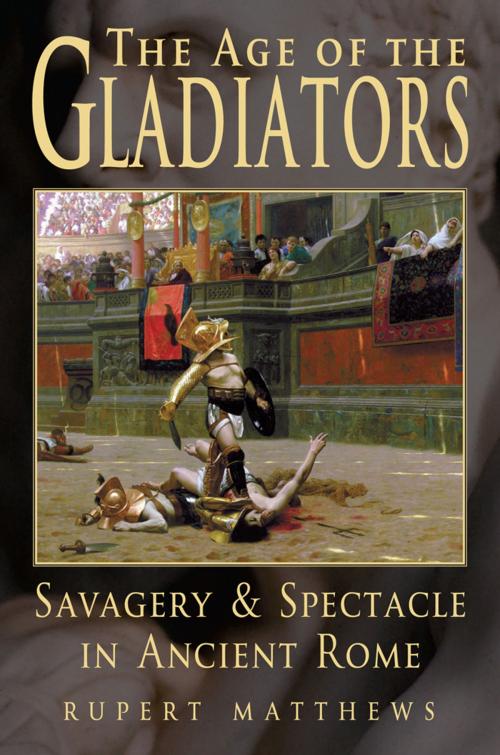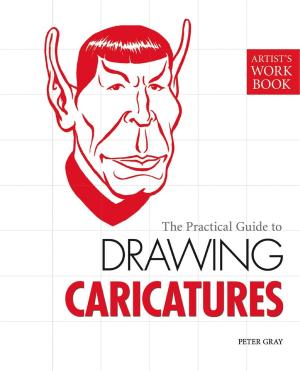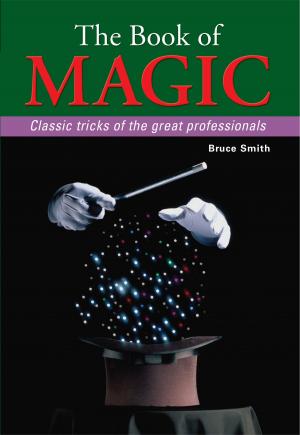| Author: | Rupert Matthews | ISBN: | 9781848584754 |
| Publisher: | Arcturus Publishing | Publication: | January 15, 2005 |
| Imprint: | Arcturus | Language: | English |
| Author: | Rupert Matthews |
| ISBN: | 9781848584754 |
| Publisher: | Arcturus Publishing |
| Publication: | January 15, 2005 |
| Imprint: | Arcturus |
| Language: | English |
The great spectacles of ancient Rome have become proverbial for their cruelty, bloodlust and glory. In the arena, the games were savage and brutal. Gladiators fought each other to the death, wild animals were put to fight each other and criminals were executed by barbaric means. Military victories were marked by the Triumphs when generals paraded through the city, the defeated were sacrificed to the gods and food and wine was offered free of charge on a lavish scale. Meanwhile the citizens received free bread to prevent hunger and the riots it could provoke. The Age of the Gladiators looks at these savage spectacles and traces their development from entertainment to hysterical obsession until their eventual decline and disappearance, and explains how they still have influence on contemporary public life.
The great spectacles of ancient Rome have become proverbial for their cruelty, bloodlust and glory. In the arena, the games were savage and brutal. Gladiators fought each other to the death, wild animals were put to fight each other and criminals were executed by barbaric means. Military victories were marked by the Triumphs when generals paraded through the city, the defeated were sacrificed to the gods and food and wine was offered free of charge on a lavish scale. Meanwhile the citizens received free bread to prevent hunger and the riots it could provoke. The Age of the Gladiators looks at these savage spectacles and traces their development from entertainment to hysterical obsession until their eventual decline and disappearance, and explains how they still have influence on contemporary public life.















